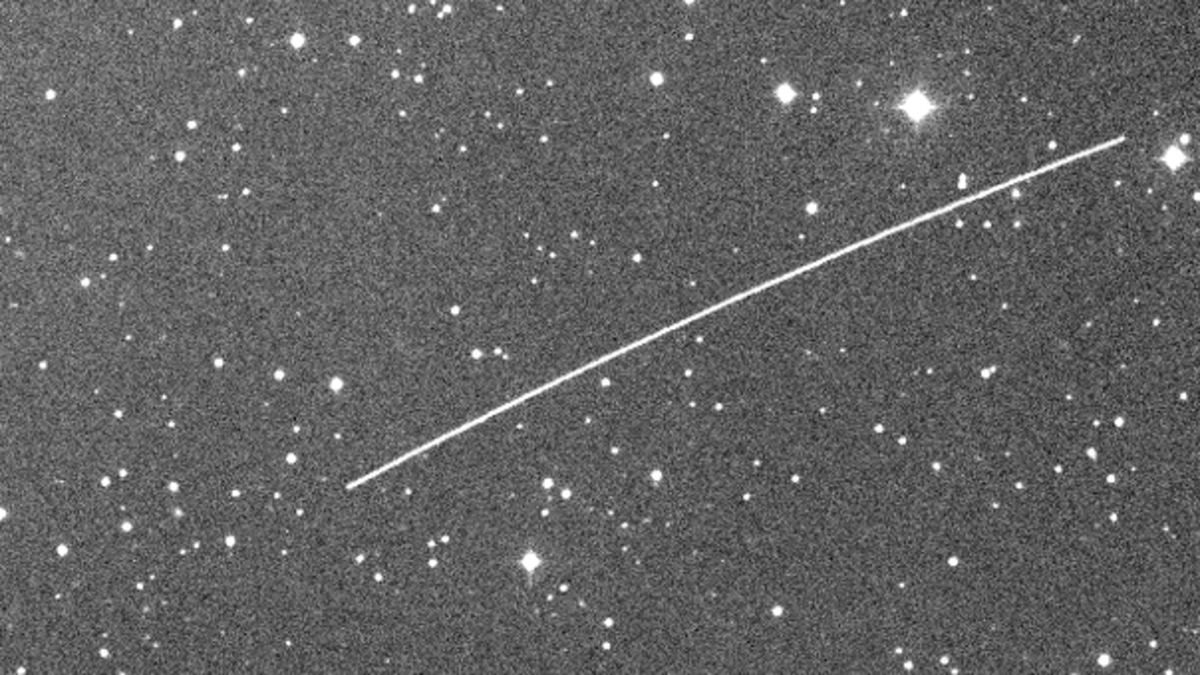The seventh asteroid ever observed prior to hitting Earth is Asteroid 2023 CX1, and its observation led to a discovery. This asteroid was also the first meteorite of its type to be studied from discovery in space to the laboratory here on Earth.
What Discovery Did The Observation Of Asteroid 2023 CX1 Lead To?
This space rock was detected on 12th February 2023, approximately seven hours before impact. Impact with Earth occurred on 13th February 2023 in France, and locals observed the 1-metre wide asteroid.
Detections of this asteroid by the ESA’s Near-Earth Object Coordination Centre (NEOCC) show advancements in Earth’s global detection abilities. However, studies conducted on the recovered fragments of Asteroid 2023 CX1 led to a significant discovery.
One of the studies led by Auriane Egal (Montreal Planetarium FRIPON/Vigie-Ciel) highlights the importance of understanding the behaviour of asteroids in Earth’s atmosphere. While in Earth’s atmosphere, the fragmentation of Asteroid 2023 CX1, unlike other observed asteroids, occurred at a lower altitude, was more sudden, and generated a spherical shock wave that imparted more energy on impact.
This discovery places Asteroid 2023 CX1 in a distinct class of asteroids associated with L-type chondrites. These asteroids can fragment abruptly in the atmosphere, releasing all their energy at once, hence proving hazardous.
A Call To Observe More Asteroids Like Asteroid 2023 CX1
To learn more about this space rock, the authors of the study used data from the observations made before Asteroid 2023 CX1 hit Earth back in 2023. In addition to this were other observations that help the team, says Marco Micheli, an ESA astronomer and a team member, to “precisely calculate the object’s pre-impact trajectory and help researchers trace it back to a likely parent body in the main asteroid belt.”
Another member of the team, Auriane Egal, says this method helps them confirm “the existence of a new population of asteroids linked to L-type chondrites.” Egal adds that these types of “asteroids must be accounted for in planetary defence strategies.” ESA’s Flyeye telescope will be responsible for observing asteroids similar to Asteroid 2023 CX1 before they enter Earth’s atmosphere.

